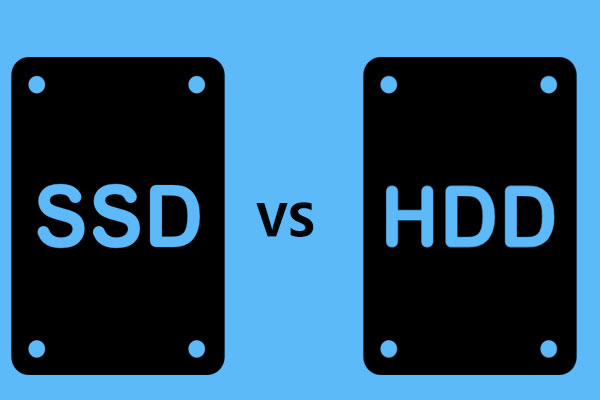

HDD.Īn SSD is around four times faster than an HDD when it comes to read speed and slightly less when comparing write speed. The table below should give you a general idea of the performance difference between an SSD vs. The speed difference between an SSD and HDD entirely depends on the hardware you are comparing. To put this into perspective, the Samsung 970 EVO Plus offers read/write speeds up to 3,500/3,300 MB/s. But, of course, it comes at a much higher price. The latest SSD technology is NVMe, which offers some of the fastest data transfer speeds available. Newer motherboards with M.2 ports allow your SSD to be connected to your motherboard while making room for other components without having to sacrifice your SSD. Modern PCs and laptops are now using M.2 SSDs, which are typically smaller than SSDs.

But, if you have a motherboard with fewer PCIe lanes for use with other devices, you may decide to connect a graphics card in favor of an SSD. To rectify this, SSDs were created with PCIe connections, allowing a connection directly to the motherboard with much faster speeds. While this kind of speed works well for HDDs, SSDs can handle much faster speeds. Commonly you'll see some of the best SATA III SSDs with read speeds of around 550MB/s like this Samsung 860 EVO. SATA III has a maximum data throughput of 600MB/s. Similar to modern HDDs, SSDs come with SATA III ports, so they can easily replace an HDD and are often smaller in physical size. However, with more NAND memory chips being available, SSDs can compete with HDDs. When they were first released, SSDs struggled to keep up with HDDs in terms of storage capacity.

Unlike HDDs, SSDs contain no moving parts and instead uses NAND flash memory. A solid-state drive (SSD) is newer than HDD technology, but it's still been around for some time and isn't the newest storage technology available.


 0 kommentar(er)
0 kommentar(er)
